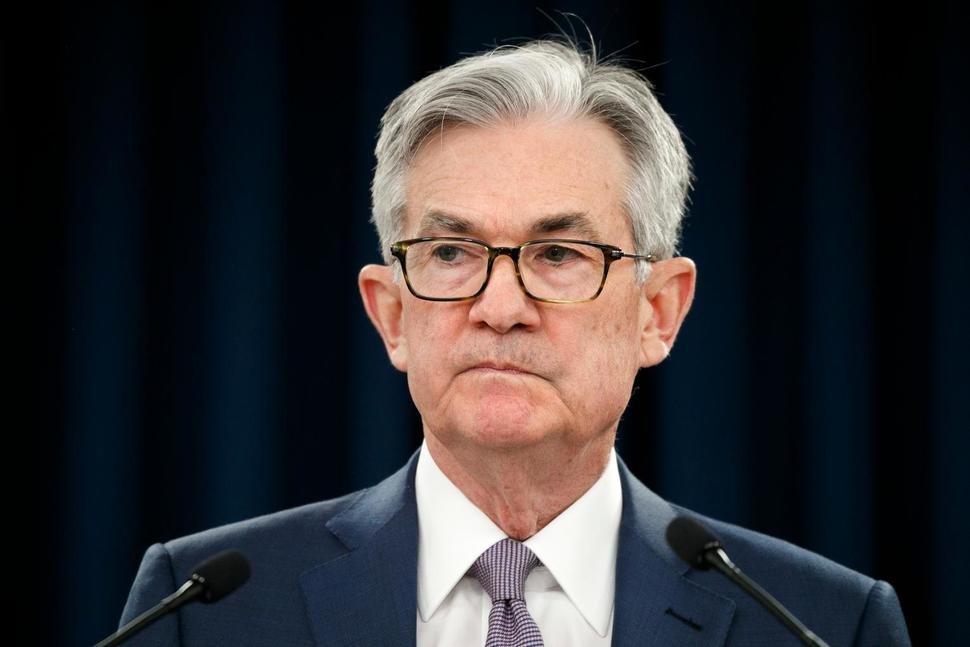The Coronavirus Impact On The Economy Forced The Federal Reserve to Slash Rates to Zero
- Posted on March 17, 2020
- Editors Pick
- By admin

On Sunday, the Federal Reserve announced that it would cut interest rates to zero alongside launching a new quantitative ease program worth $700 billion of assets purchases including Treasuries and mortgage-backed securities. This was an emergency action prompted to support the economy in the fight against the coronavirus. The Feds also believed that if the prompt action wasn’t taken on Sunday it may be too late to boost the economy a few days later.
The long-awaited decision of the Feds was prompted by the steady increase of the coronavirus and its severe impact on the US economy and also that of other nations. “The coronavirus outbreak has harmed communities and disrupted economic activity in many countries, including the United States,” the Feds said on Sunday. Mark Zandi, chief economist at Moody’s Analytics supports the Feds emergency rate cut by saying “I don’t think they would have done this unless they felt the financial markets were at significant risk of freezing up tomorrow… they’re very concerned the financial markets won’t work.”
The purpose of slashing rates to zero is targeted at protecting the US economy and financial markets from further impact of the coronavirus as over a trillion dollars has been lost collectively since the outbreak. The past week can be said to be the worst week for the stock market since the financial crisis of 2008-09. Both the Dow Jones and S&P 500 slid into the bear territory for the first time in 11 years. The entire stock market has been stuck in a rollercoaster which only gets worse as the days roll by. Hence, sparking up great concern amongst the US lawmakers, economists, and citizens altogether.
Initially, the Federal Reserve had cut interest rates within the target range of 1% to 1.25% with every hope that the outbreak would have been dealt with by now, or at least its impact lessened. Otherwise has since been the case, and the Federal Reserve has set a new interest range of 0% to 0.25%. Additionally, the Feds also cut the rate of emergency lending at the discount window for banks by 125 basis points. It came to an agreement with central banks of five other major economies; Bank of England, the European Central Bank, Bank of Canada, Swiss National Bank, and Bank of Japan, to lower their currency swap rates in order to maintain a steady flow within the financial market.
It is expected that this move will help lower the cost of short-term borrowing for banks globally, and also, help keep the global economy away from a total credit crunch as in the previous financial crisis.


Be the first to comment!
You must login to comment